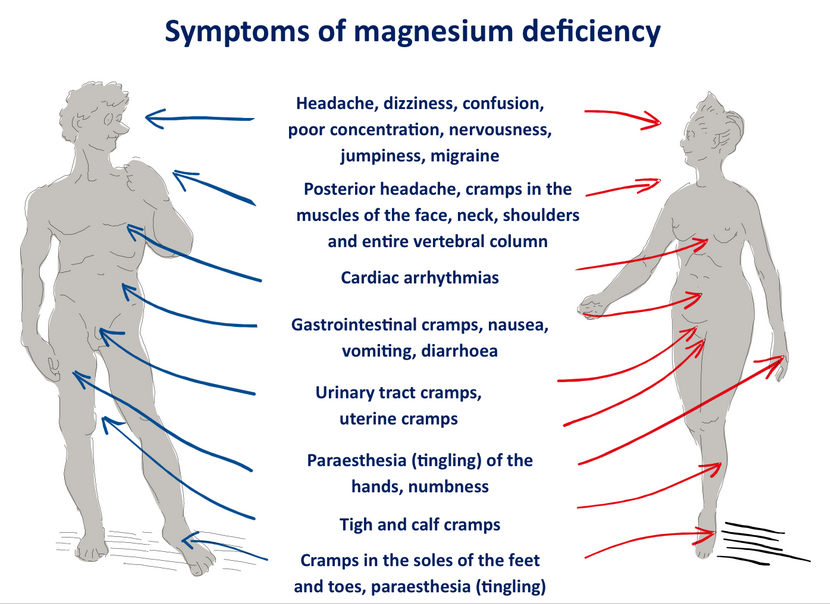Inflammation, Cancer and health
Inflammation, Cancer and health – Why your diet is important

Inflammation, Cancer and health. Actually inflammation can lead to several health complication more so if it is chronic inflammation.
The body defense mechanism is always under certain threats despite the measures put in place to defend it from both external and internal attacks. The body immune system and the white blood cells are such defense mechanism the body relays on for protection against diseases and infections. Whenever they are under attack the whole body organs including the skin are at risk of various infections. We are therefore going to discuss the effects of inflammation on human health generally before we can get to specific areas of the body.
What is inflammation?
There are two different kinds of inflammations and they include the following:
- Acute inflammation
- Chronic inflammation
Acute inflammation – this is actually your body’s natural and helpful immune response to tissue damage. Like for instance when you get a bruise or wound either from a minor accident or otherwise, the wound or the cut swells, reddens and feels inflamed. These are all signs that your immune system is busy at work sending white blood cells to the site of your injury to repair the tissue. In situation like this, inflammation is our friend and we couldn’t live without it.
Chronic inflammation – this is a situation where your body’s confused and damaging immune response to a bombardment of environmental, physical and mental invaders, which come in the form of things like poor diet, toxic chemicals and stress. Therefore this article will be focusing on the type of inflammation. Here’s chronic inflammation in a nutshell:
What does inflammation have to do with cancer?
Like I have indicated in the introduction that the body’s immune system is facing threats of being weaken by several health complications. For example the prolonged inflammation can harm your body’s healthy cells and tissue thereby causing the deterioration of your immune system. This deteriorated state can escalate your risk of diseases like cancer.
Nevertheless, it is important to note that not all inflammation is bad. Your body’s inflammatory response is essential for you to heal. This response communicates with your body’s immune system to send white blood cells and chemicals to help fight off infection or repair an injury.
But when inflammation persists, or when your body triggers a response when you don’t have an infection or injury, its cause for concern.
Other causes of chronic inflammation can include obesity, smoking and even the second hand smoking, stress, lack of exercise, exposure to secondhand smoke and diet choices. And worse, chronic inflammation often shows no signs.
The good news is you can reduce chronic inflammation and lower your cancer risks. “It starts with your diet”. An anti-inflammatory diet also can help you avoid diabetes, heart disease and Alzheimer’s.
The following are some of the anti-inflammatory diet tips.
Add more plant foods to your plate
Plant foods are the only foods that contain anti-inflammatory phytonutrients. Plus, they are high in the antioxidants and fiber your body needs to stay cancer-free. Fiber also can lower levels of C-reactive protein (CRP), a protein in the blood that signals inflammation.
The experts in nutrition recommend filling at least two-thirds of your plate with foods realized naturally from the vegetation. Like for instance:
- It is advisable that you serve half of your plate with non-starchy vegetables and fruits of all colors.
- Make one-quarter of your plate whole grains or starchy vegetables, like potatoes, corn and peas.
Limit processed foods
Choosing whole, fresh foods and doing your own prep maximizes nutrients and phytonutrients. These nutrients keep us healthy in many ways, while reducing inflammation.
Processed foods are lower in nutrients and higher in refined sugars, flours and fats. These foods are usually loaded with artificial ingredients that can increase CRP levels.
- Avoid highly processed foods, like fast food, packaged and instant foods.
- Steer clear of processed meats, like deli-meats, bacon, sausage, hotdogs and pepperoni.
- Sodas and other sport drinks are to be no go zones.
Balance fatty acids
Omega-3 fatty acids can help protect your body from chronic inflammation. On the other hand, omega-6 fatty acids increase inflammation.
Many Americans are trying to include more omega-3 fatty acids in their diet. But, they’re still eating too much omega-6 fatty acids.
The key is balance, so you’ll take in more omega-3 and less omega-6.
- Eat foods high in omega-3 fatty acids, such as salmon, tuna, halibut, flaxseeds, chia seeds, walnuts, pecans and avocado.
- Use oils high in omega-3, such as olive and canola.
- Avoid or limit oils high in omega-6, such as corn, sunflower, peanut and soybean.
- Read the ingredients on packaged foods. Limit foods made with refined vegetable oils high in omega-6. You’ll find these oils in most snack foods, cookies, crackers and sweets.
Reduce consumption of red meat
Eating too much red meat, like pork, beef, lamb, deer and buffalo, can increase your cancer risks. Try to limit red meat to 18 oz. or less each week to keep your cancer risks low.
The experts suggest replacing red meat with these high protein foods to help reduce chronic inflammation.
- Choose animal proteins, such as skinless chicken, turkey and fish.
- Replace animal proteins with plant proteins, such as beans and lentils, at some meals.
- Choose meat, milk, cheese and eggs from pasture-raised and hormone-free animals.
Fermented foods such as yogurt, sauerkraut and miso contain probiotics that help reduce inflammation. To get the most health perks, eat at least one small serving of a fermented food each day.
- Choose low-fat, plain organic yogurt and kefir.
- Try fermented vegetables, such as sauerkraut and kimchi, with a sandwich or salad.
- Enjoy a cup of miso soup or kombucha tea.
Foods that help prevent cancer also help reduce chronic inflammation, and vice-versa. So, following these guidelines will ultimately reduce your risk of a variety of chronic diseases, and improve your quality of life.
If you’re concerned you have chronic inflammation, speaking to doctor Dalal Akoury will be very helpful to you to unlock all the problems going through your mind. Doctor Akoury is an expert of more than two decades and has transformed many people’s lives through effective treatment which is precise and direct to the last solution. Remember that inflammation may not be friendly to you at all and so scheduling for an appointment the doctor Akoury is the best you can do for yourself, your family and even to the extended family.


 Magnesium is found in a number of food products that can be found readily in the market. Foods high in magnesium include nuts, dark leafy greens, seeds, beans, fish, bananas, whole grains, dried fruit, avocados, yogurt and dark chocolate. This is however not the entire list of foods rich in magnesium. There are a lot of other products that contain magnesium in large amounts. These can be found at AwareMed. In fact, AwareMed is the best place where you can purchase magnesium.
Magnesium is found in a number of food products that can be found readily in the market. Foods high in magnesium include nuts, dark leafy greens, seeds, beans, fish, bananas, whole grains, dried fruit, avocados, yogurt and dark chocolate. This is however not the entire list of foods rich in magnesium. There are a lot of other products that contain magnesium in large amounts. These can be found at AwareMed. In fact, AwareMed is the best place where you can purchase magnesium. Genetically Modified Food (DNA)
Genetically Modified Food (DNA)






 Past medical records have indicated that patients generally enjoy interacting in a shared form of environment. There are less cases of tension associated with medical situations and this can always provide a lot of encouragement to those who attend the sessions while providing them with essential tips that may not be received in a short medical visit.
Past medical records have indicated that patients generally enjoy interacting in a shared form of environment. There are less cases of tension associated with medical situations and this can always provide a lot of encouragement to those who attend the sessions while providing them with essential tips that may not be received in a short medical visit.






















